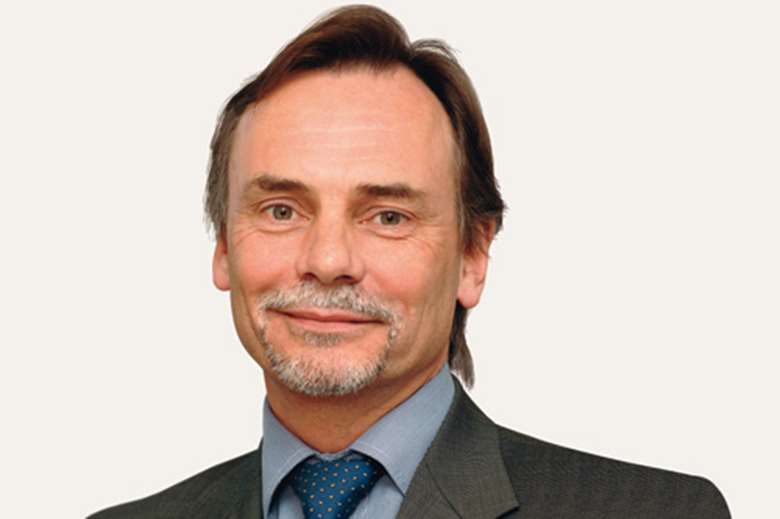Leadership: Creative changes will end the status quo of inefficient children's services
Andrew Webb
Friday, April 1, 2011
Back in 2005, we underwent a restructure in Stockport like many others, creating a new directorate and setting up a children's trust.

Since then, we have seen year-on-year improvements in all our key outcome measures: educational attainment and achievement have improved; numbers in care are stable and placement stability is good; fewer young people are being locked up; Ofsted is generally satisfied with us and we have had four years of financial stability. In short, children locally are experiencing the Every Child Matters premium.
As we prepare to move into a period of organisational and financial turmoil, it would be useful to reflect on what we did last time and see what we should learn.
Structural change, of course, does not guarantee improved outcomes. That relies on high-quality practice. To make progress we need a stable, skilled workforce, supported in developing evidence-informed practice and with timely data to ensure that impact can be measured.
We need to acknowledge that standards will only continue to rise if the work of individuals improves. However, the default for "reform" still seems to be to require change to structures and governance arrangements, and to specify new processes and inputs rather than to hold people to account for delivering outcomes.
Our last local structural changes followed consultation with hundreds of stakeholders. We established a "change programme" led by a multi-agency team. But most important, we articulated our vision in terms that everybody could understand and committed ourselves to communication and forming relationships within and between organisations. Increasingly, we developed a narrative to describe what we were aiming for so that as leadership became distributed, people could test their progress against both soft and hard targets.
So what about the future? We need a change in culture to meet today's challenges, so we have shifted our focus from "children" to "people". And, ironically, we have chosen to start with another structural change by merging children and adult services. In our defence, this will make financial savings and create a necessary and symbolic end to the status quo. Since nearly all the big decisions affecting vulnerable people start with a conversation with a single professional, our structures must support this. Our structural changes, by the way, have been agreed in outline but not yet implemented.
When faced with organisational change and spending cuts, most people's natural reaction is to become defensive rather than creative, which simply exacerbates our problems. So we need to create a system designed to deliver services at 70 per cent of the current cost — a very different mindset from setting out to cut by 30 per cent.
In our new world we need to try consciously to avoid making bad decisions, but acknowledge we will make mistakes and work out how we will respond to and learn from those made in good faith. Finally, we need to acknowledge that many of our new approaches will fundamentally challenge the models of authority and legitimacy within which we operate.
Andrew Webb, corporate director for children and young people, Stockport Metropolitan Borough Council
HOW TO GET THROUGH ORGANISATIONAL AND FINANCIAL UPHEAVAL
- Put outcomes at the heart of thinking. It is our duty as public service leaders to do so
- Forge a culture that provides autonomy for professionals and personalisation for individuals. We have been obsessed with creating a culture of compliance with process in this country. Changing structures can bring about a symbolic end to the status quo, which can really help people move on
- Keep an eye out for best practice and create opportunities to transfer learning across traditional service boundaries
- Be prepared to progress in a clumsy fashion so long as you have good quality, timely data, understand its meaning and use it to shape behaviour. A quest for "certainty" in services, and the pursuit of elegant solutions to complex patterns of need are moribund
- Keep a regular check on the resilience and capacity of your workforce, and the extent to which the service narrative makes sense. There is little point in distributing leadership to people who can't see where they are going
- Adopt a flexible approach to leadership. This requires regular renegotiation of relationships within the organisation. Any transition plan will end up looking more like a fuzzy road map than a clear blueprint - but that's okay




